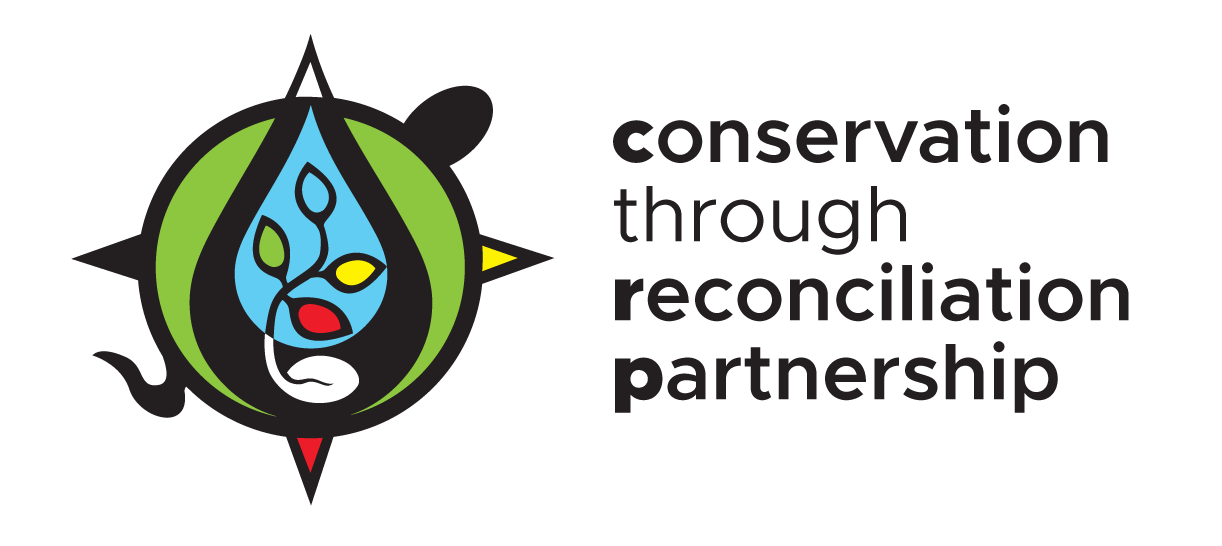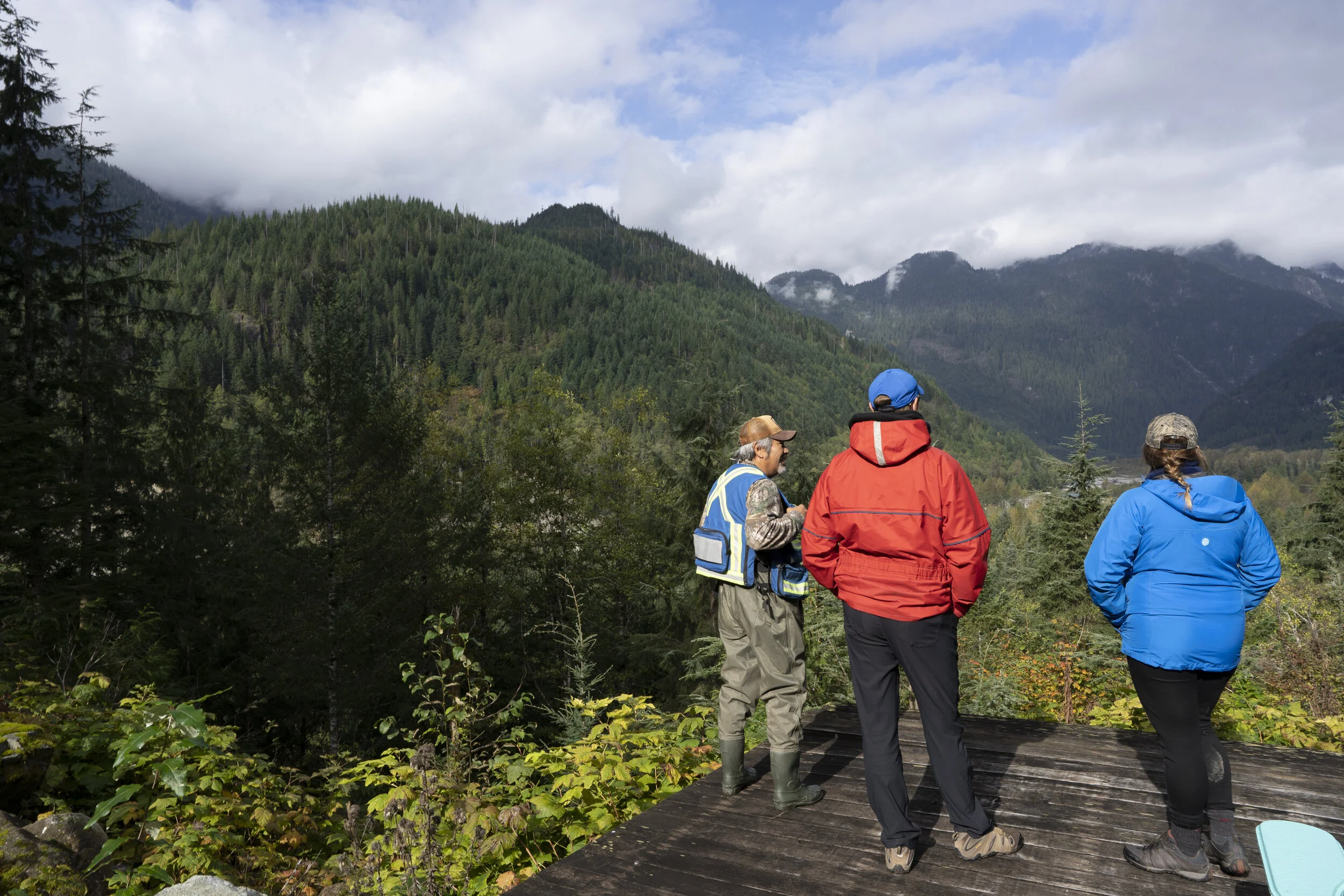Indigenous-led conversation can help us reverse the decline of species at risk of extinction in Canada
By James Snider, WWF-Canada VP Science, Knowledge and Innovation
September 23, 2020
The CRP is pleased to present this blog post by one of our partner organizations, World Wildlife Fund Canada. Learn about their work here: https://wwf.ca/
We’re in the midst of a global extinction crisis and Canada is not exempt.
Conservationists discuss restoration work on cliff edge © Jordan Hamelin /WWF-Canada
Around the world, wildlife is facing drastic declines: populations of mammals, birds, fish, amphibians and reptiles have declined, on average, by 68 per cent since 1970.
Canada isn’t faring much better. WWF-Canada’s Living Planet Report Canada 2020 (LPRC 2020) revealed that populations of Canadian wildlife at risk of global extinction (assessed on the International Union of Conservation of Nature’s Red List) have declined by 42 per cent, on average, from 1970 to 2016. At the same time, populations of nationally assessed species at risk have declined by an average of 59 per cent, and now face an average of five threats to their survival.
These numbers show an urgent need for action. The limited progress we’ve made on the Convention on Biological Diversity (CBD) goals over the last decade shows that we need world leaders to set new ambitious targets for the decade that come along with action plans to help us reach them.
In Canada, our recent focus has largely been on Aichi Target 11: protecting 17 per cent of our land and inland waters, and 10 per cent of our marine areas. The Government of Canada has additionally stated an ambitious goal of protecting 25 per cent by 2025 and 30 per cent by 2030. It’s a bold move that should be applauded, but to be meaningful — that is, to ultimately stop and reverse the trends of wild loss underway in Canada — we need to look beyond area-based targets alone.
For conservation to be effective — in Canada, and around the world — it needs to become equitable and just. And herein lies the opportunity for change.
We must embrace Indigenous leadership — both in terms of how we advance our protected areas, including through Indigenous Protected and Conserved Areas (IPCAs) and by transforming our broader relationship with nature.
One clear way to do this is by elevating the importance, number and sovereignty of IPCAs in Canada. Examples like Edehzhie Protected Area, led by the Dehcho First Nation in Northwest Territories, and Tallurutiup Imanga, led by the Qikiqtani Inuit Association in the high Arctic, show how First Nations, Inuit and Métis communities have been at the forefront of protecting globally significant places for future generations.
Another way to do this is to bring scientific and Indigenous knowledge into an “ethical space” to make the best possible conservation decisions by respecting and valuing different types of knowledge systems. We know from recent studies that Indigenous-managed lands in Canada tend to be rich in vertebrate biodiversity and support more threatened wildlife.
Indigenous-led conservation is vital to both conservation and our relationships with Indigenous Peoples. It ensures that Indigenous governments play a primary role in protecting and conserving the environment.
The weeks ahead will provide a key moment for leadership with the UN General Assembly happening later this month. And Canada has a unique opportunity — and a global responsibility — to show the world how Indigenous-led conservation can be the cornerstone of our efforts to steward our lands and waters for future generations, and to ultimately build a future where both wildlife and people thrive.
Researcher David Deslauriers and harvesters Lucassie Arragutainaq and Noah Meeko discuss underwater video equipment © Doug Chiasson / WWF-Canada



